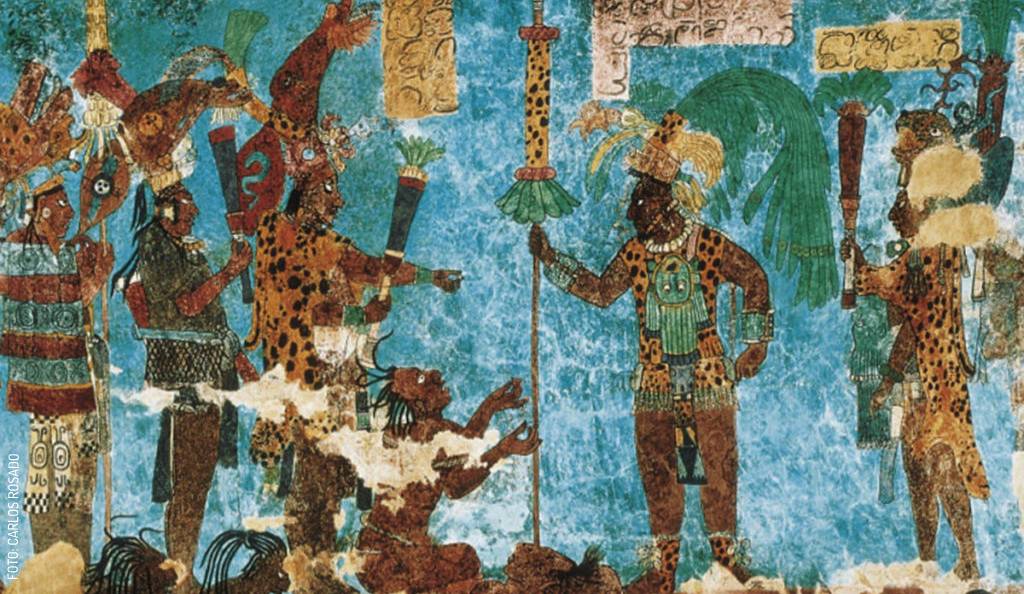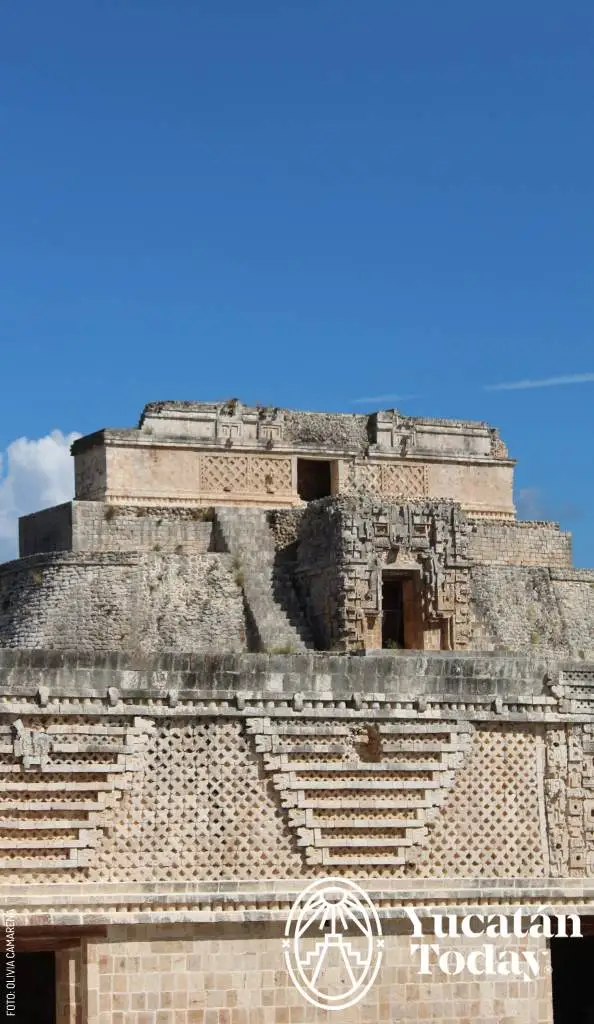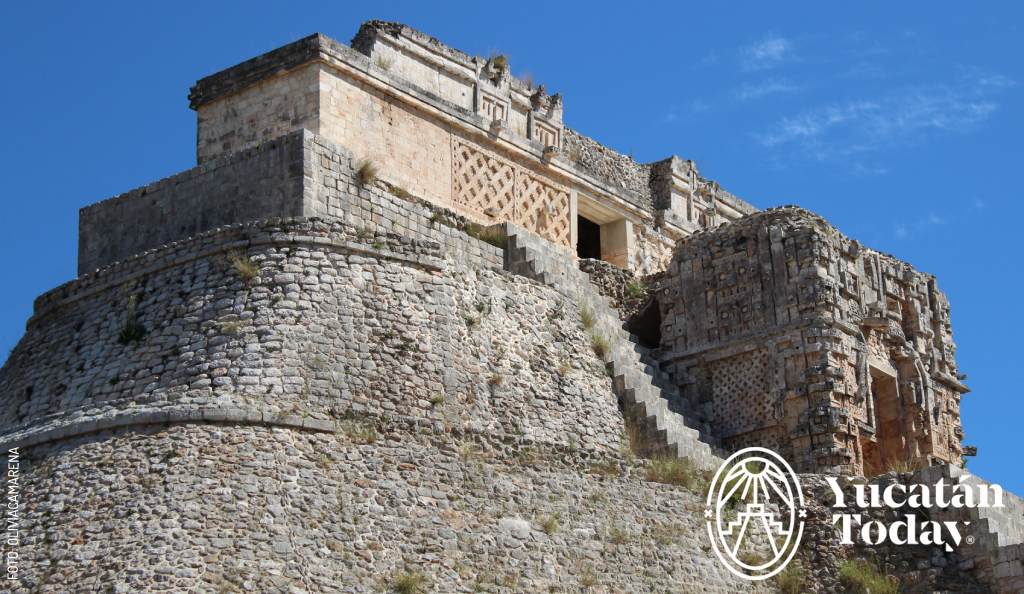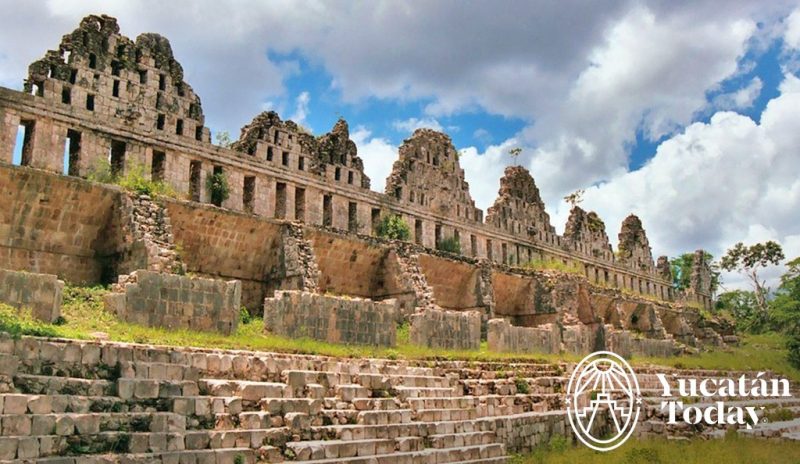
Maya Names and Dynasties
For thousands of years, Maya kings ruled over Yucatán. And when I say kings, yes, I mean kings plural. Unlike the Aztecs who conquered much of Mesoamerica in the 15th century, Maya politics centered around city-states. However, the most powerful of these would project their might across larger regions by establishing or conquering vassal kingdoms.
For example, the city of Uxmal was governed for four centuries by the Xiú dynasty, which in addition to Uxmal controlled several other cities, towns, and outposts throughout the Puuc region. Larger cities like Kabah and Sayil were ruled by governors appointed by the lord of Uxmal and also enjoyed jurisdiction over smaller settlements in their periphery.
According to surviving chronicles, the Xiú dynasty was established by Hun Uitzil Xiú , whose descendants would go on to govern the Puuc Valley for 18 generations. The last entry in the annals of the Xiú lords records the death of Juan Xiú Cimé in the late 18th century. But the descendants of the Xiú family are still known and highly respected in Yucatán to this very day. When Queen Elizabeth II visited Yucatán in 1975, the patriarch of the Xiú family, Gaspar Antonio Xiú, was afforded the right to address the Queen directly, as he was considered to be of noble birth. An honor which was not afforded to then President of México, Luis Echeverría Álvarez. Blue blood indeed.
There is good reason to believe that the famous city of Chichén Itzá was governed by a sort of council, rather than by a single king. In recent years, researchers have begun to decipher the names of some of these powerful Itzá lords. One of the best-known rulers whose name can be found on countless temple façades in the city is K'ak' Upakal K'inich K'awil. But the Itzáes are better understood as a people rather than a dynasty per se. They even have their own language, although it is only still spoken by a handful of people. Though most Itzáes left Yucatán to settle in the Petén Basin in the late 12th century, people with the Itzá surname still live on the Peninsula. 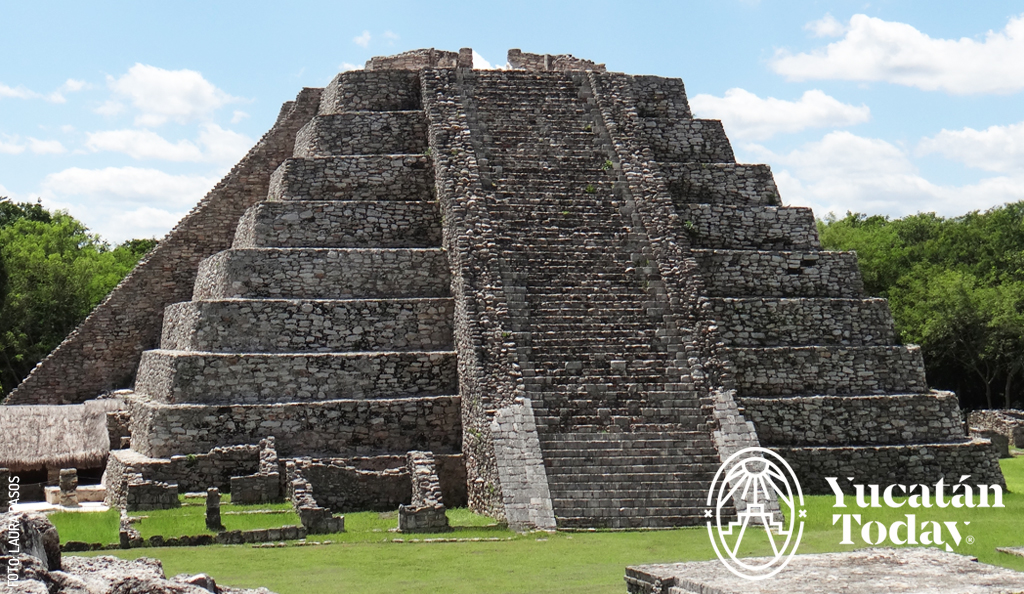
Large city-states such as Uxmal and Chichén Itzá had fallen centuries before the arrival of the first Spanish Conquistadors in the early 16th century. Nevertheless, the Conquistadors noted that Maya communities were highly stratified and headed by lords known by the title of Jalach Wíinik. In the chronicles of this period, we can see many familiar-sounding names. Some of these include Chan, which means small and is the most common Maya surname in Yucatán, as well as Balam, which translates to jaguar. Other very common ancient Maya surnames still in use today include Canek (sky star), Cocom (listener), Tun (stone), Cupul (the one who throws), and Noh (large) - to name just a few. So watch out, the next time you meet someone in Yucatán with a Maya surname, you may very well be in the presence of royalty.

Author: Carlos Rosado van der Gracht
Coming from a Mexican/Canadian family, Carlos Rosado van der Gracht is an adventure travel guide, blogger, and photographer with studies in Multimedia, Philosophy, and Translation.
¡Receive the latest articles and much more from the best of Yucatán in your email!
Related articles
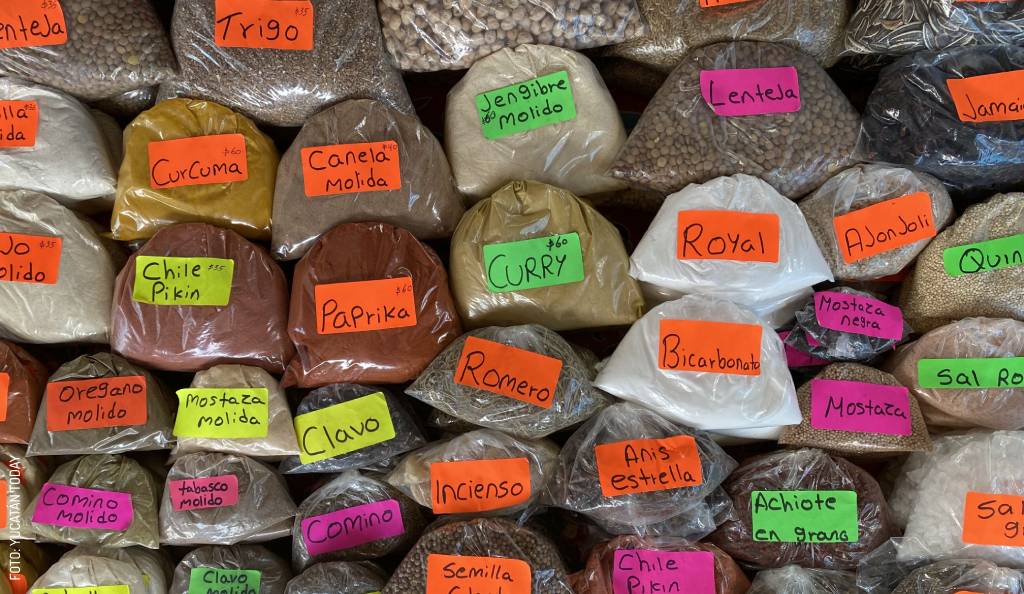
Spice up Your Life With Yucatán’s Flavorful Recados
There is something magical and unique about Yucatecan cuisine, but when it comes to home-style cooking in Yucatán, Recados are king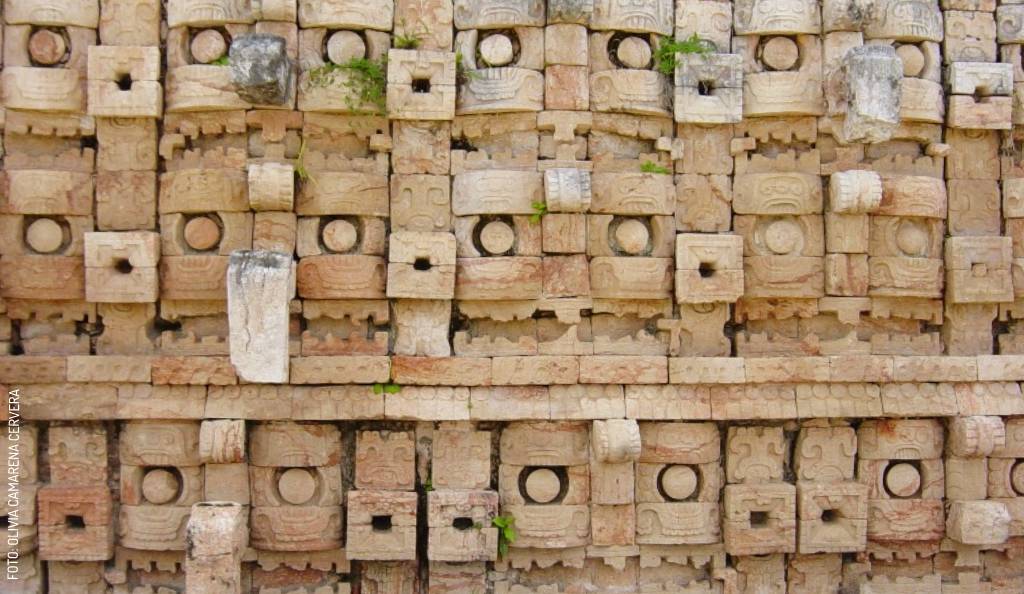
Maya Architectural Styles You Can Find in Yucatán
The most common Mayan architectural styles in Yucatan are the Puuc, Chenes, and Toltec styles.